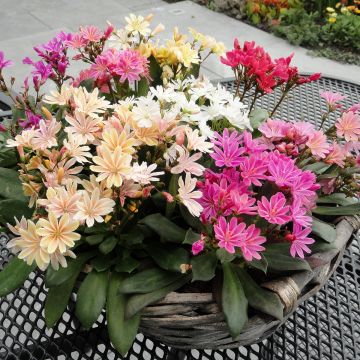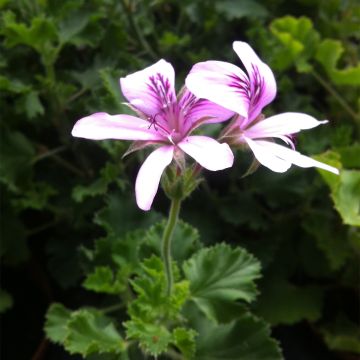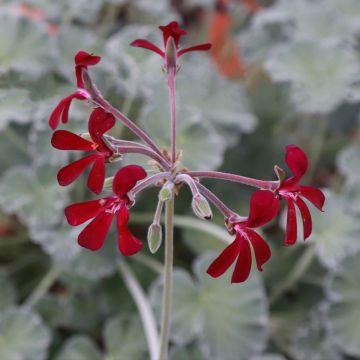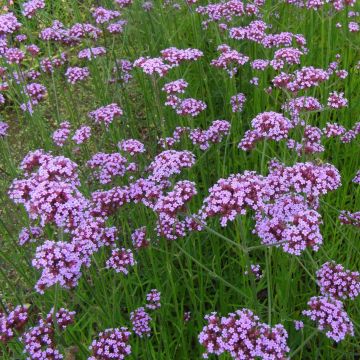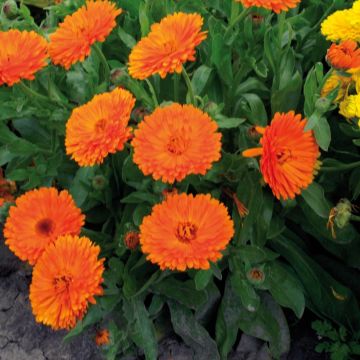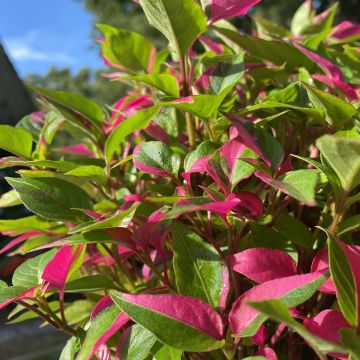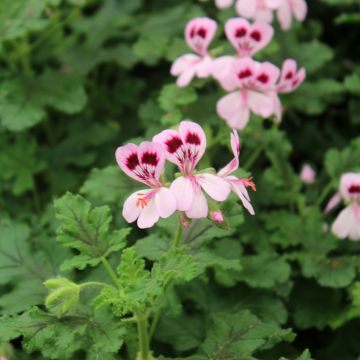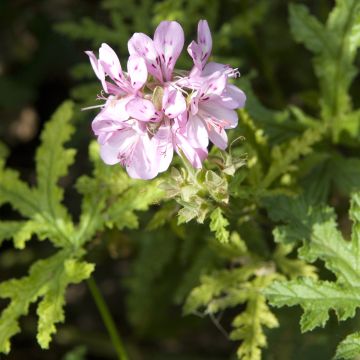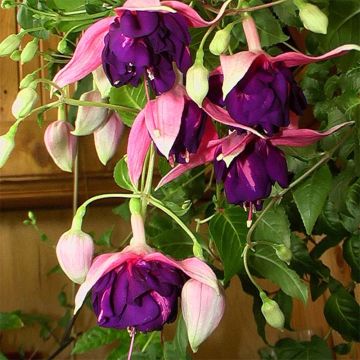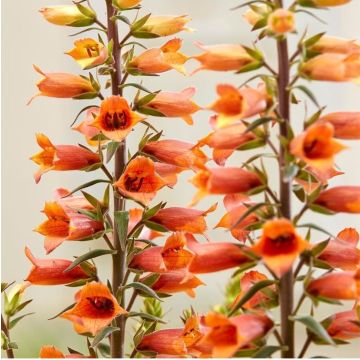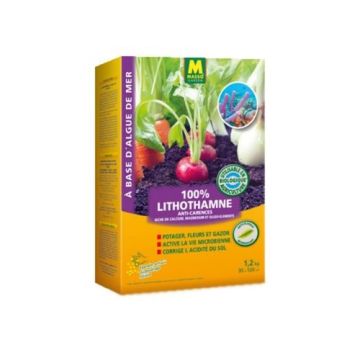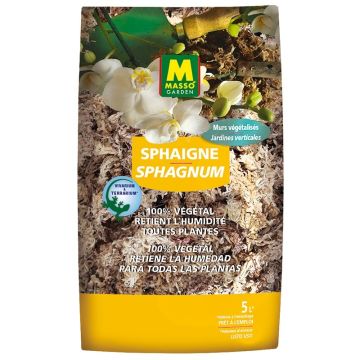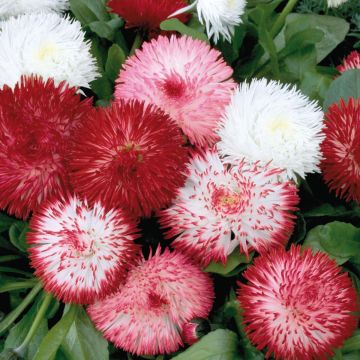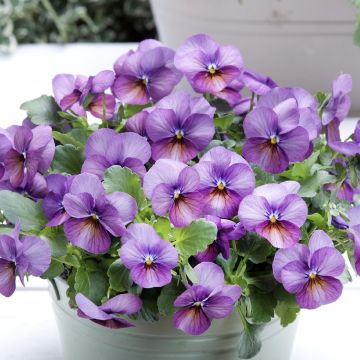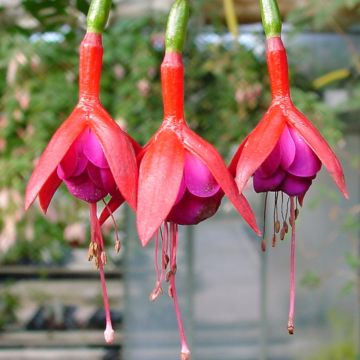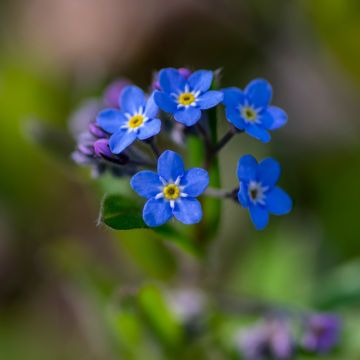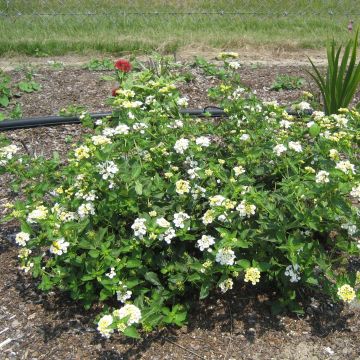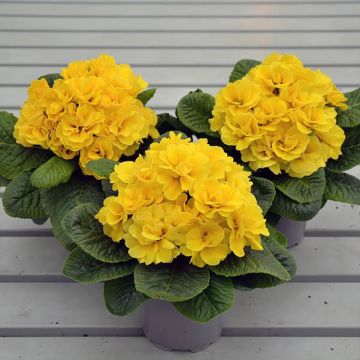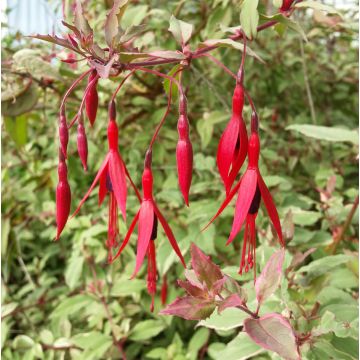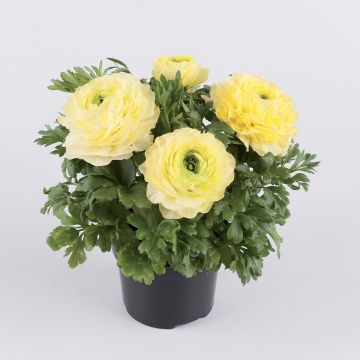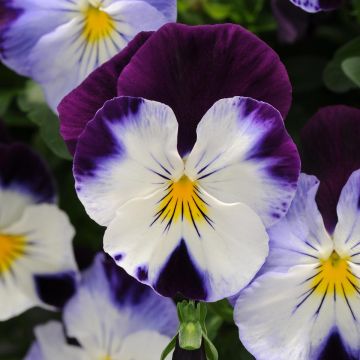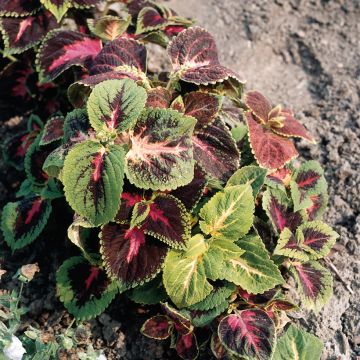Shipping country and language
Your country of residence may be:
Your country of residence is:
For a better user experience on our website, you can select:
Your shipping country:
Andorra
Austria
Belgium
Bulgaria
Canada
Chile
Croatia
Cyprus
Czechia
Denmark
Estonia
Finland
France
Germany
Greece
Hungary
Iceland
Ireland
Italy
Latvia
Lithuania
Luxembourg
Malta
Monaco
Netherlands
Poland
Portugal
Romania
Slovakia
Slovenia
Spain
Sweden
Switzerland
United Kingdom
We only deliver seed and bulb products to your country. If you add other products to your basket, they cannot be shipped.
Language:
French
German
Spanish
English
My Account
Hello
My wish lists
Plantfit
Log in / Register
Existing customer?
New customer?
Create an account to track your orders, access our customer service and, if you wish, make the most of our upcoming offers.
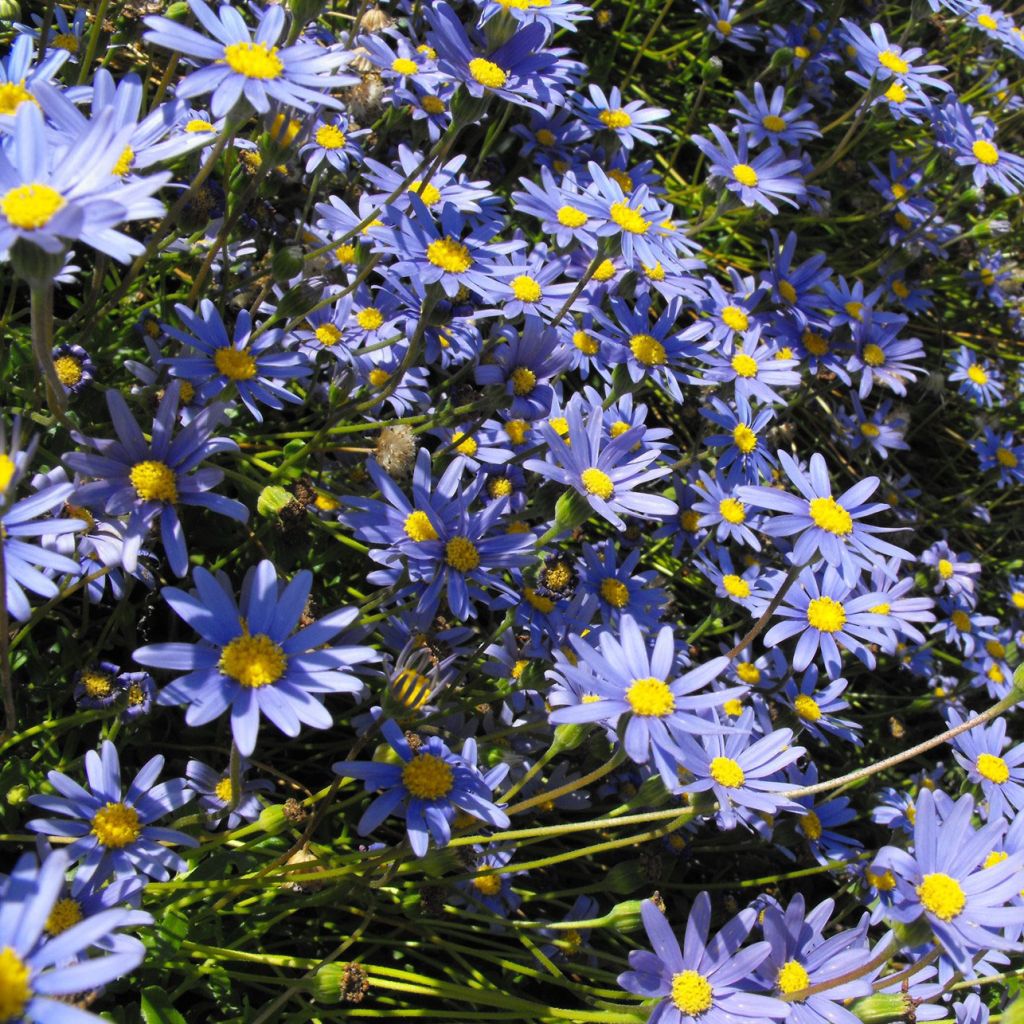

Felicia amelloides - Agathea coelestis - Aster du Cap
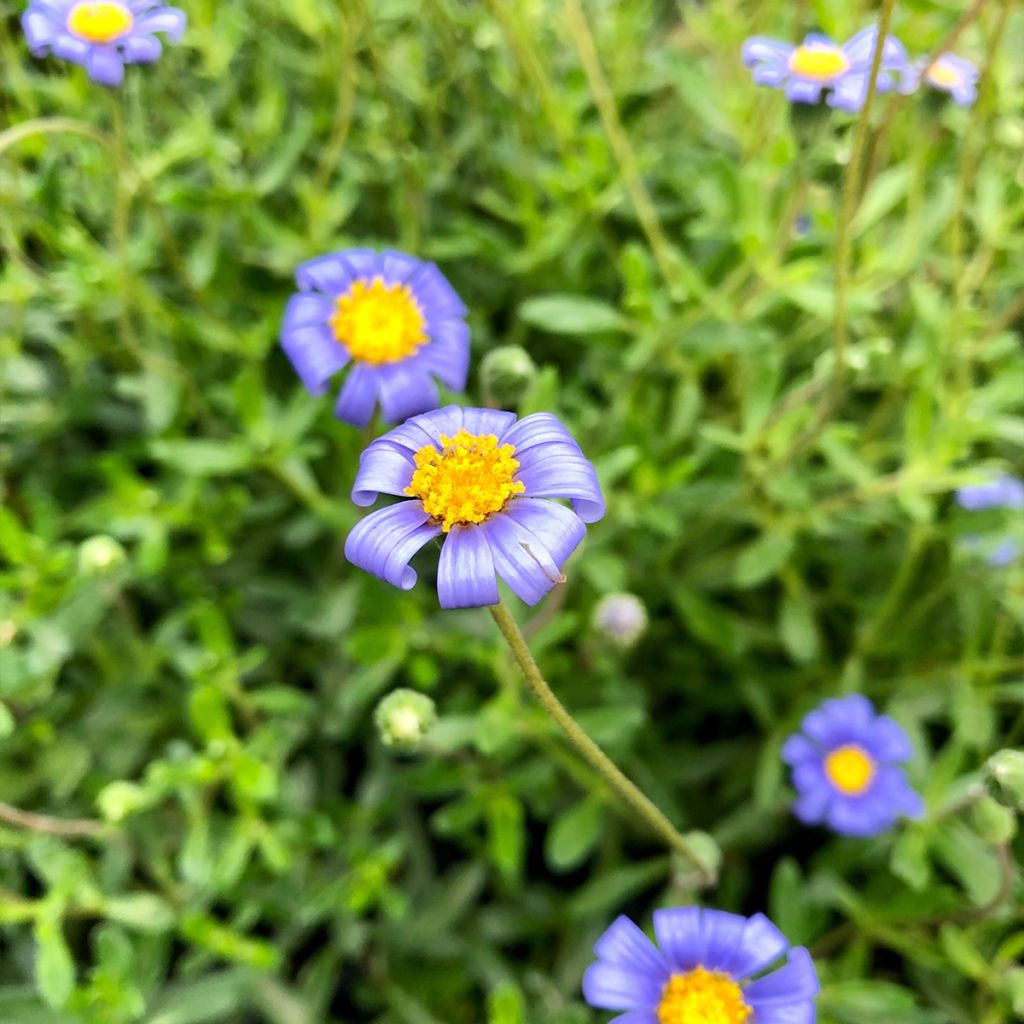

Felicia amelloides - Aster du Cap
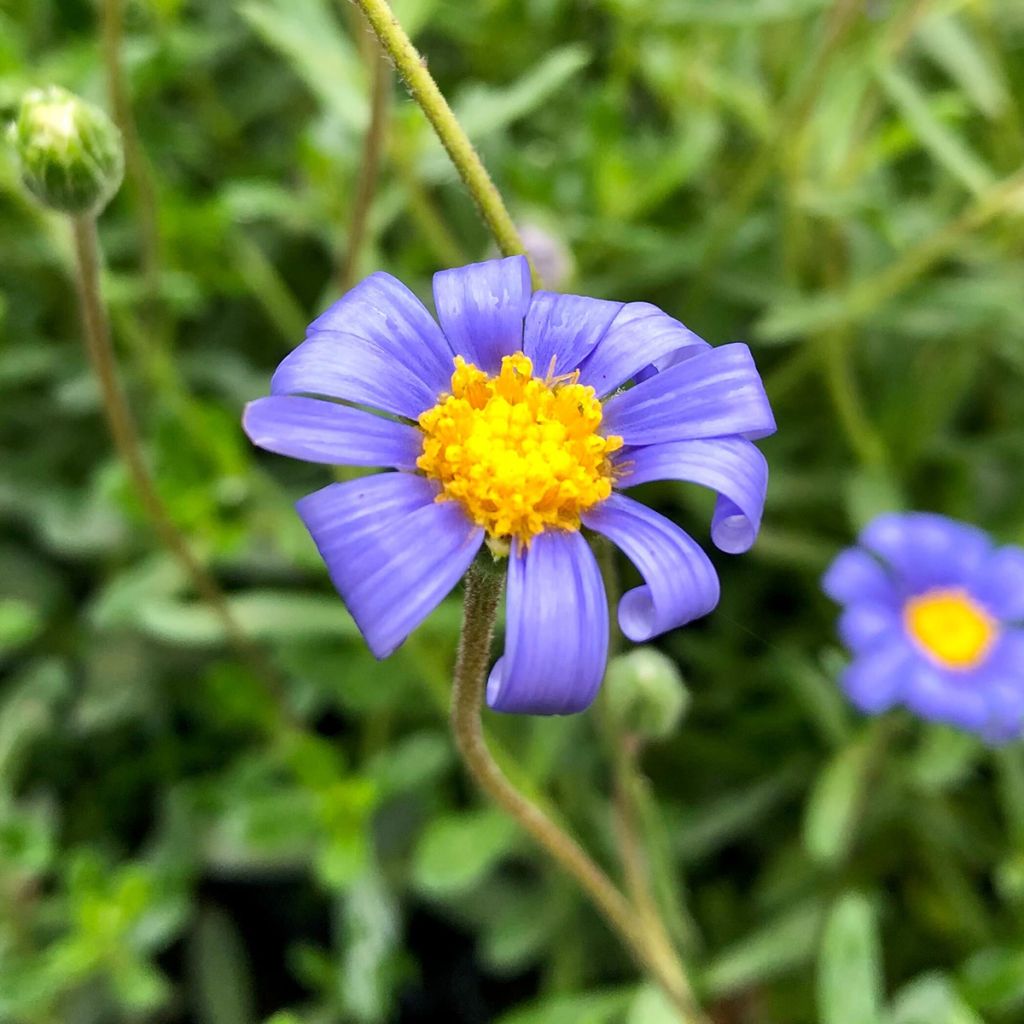

Felicia amelloides - Aster du Cap
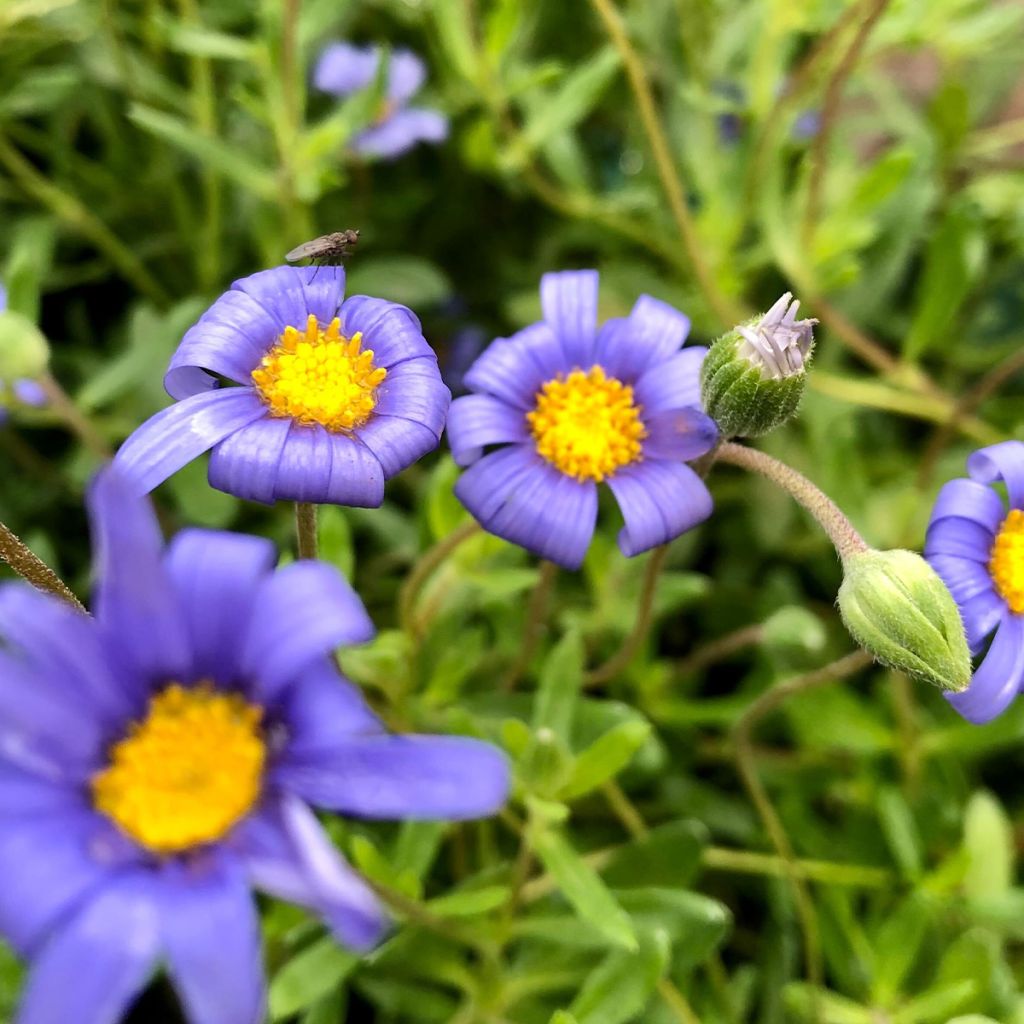

Felicia amelloides - Aster du Cap
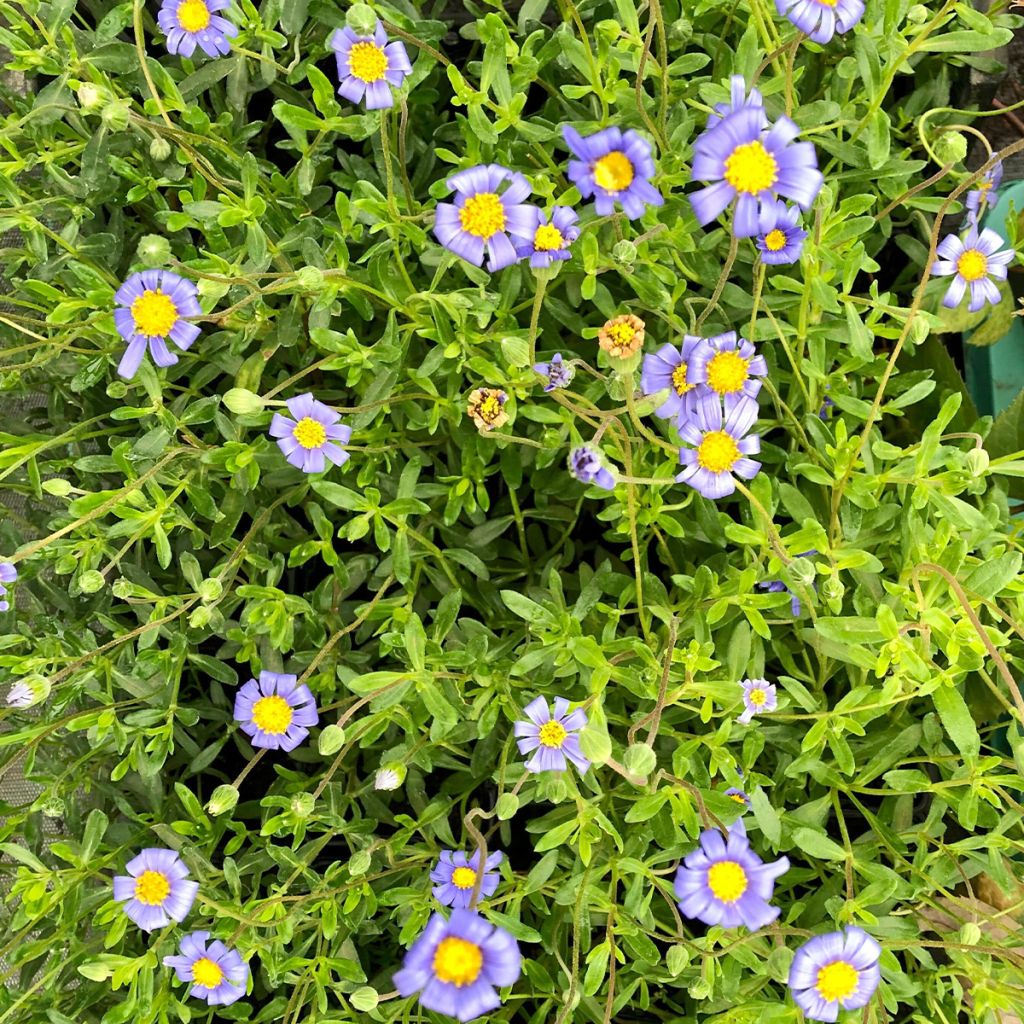

Felicia amelloides - Aster du Cap
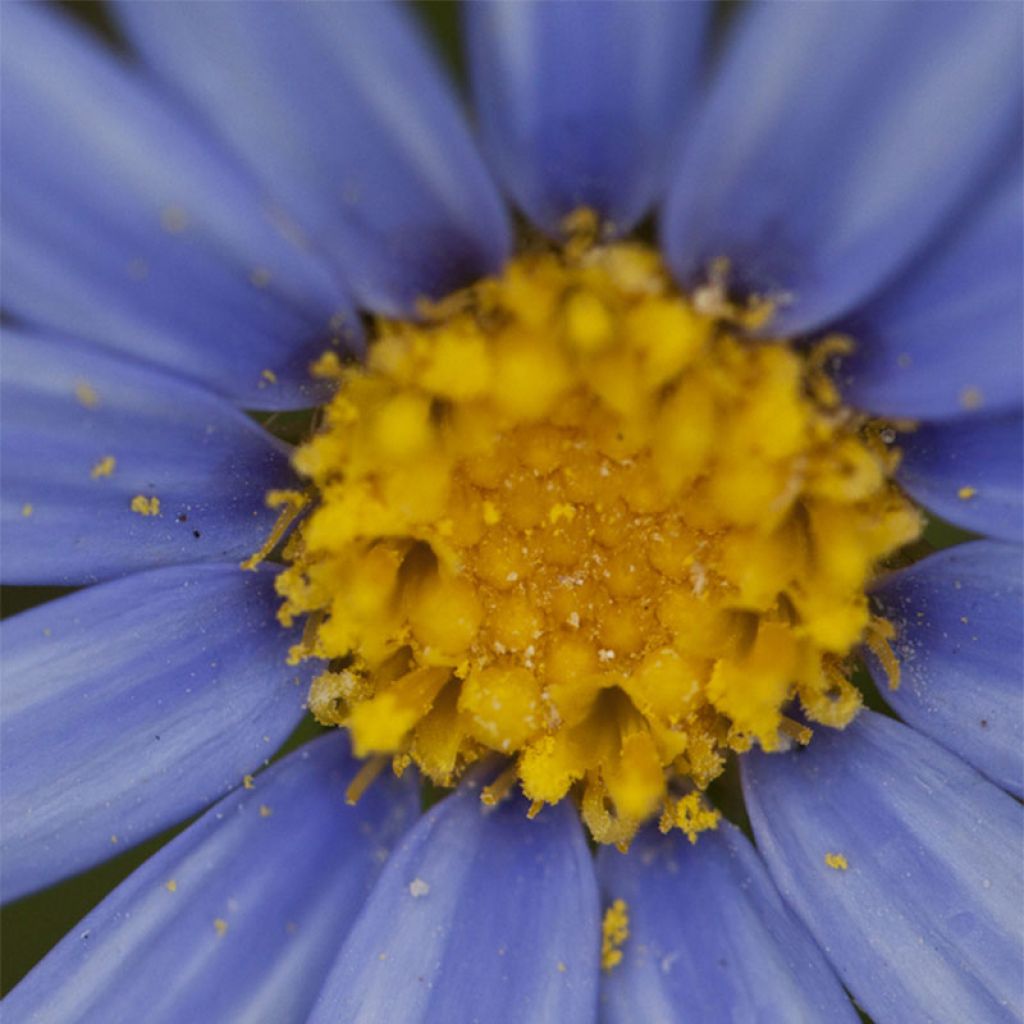

Felicia amelloides - Agathea coelestis - Aster du Cap
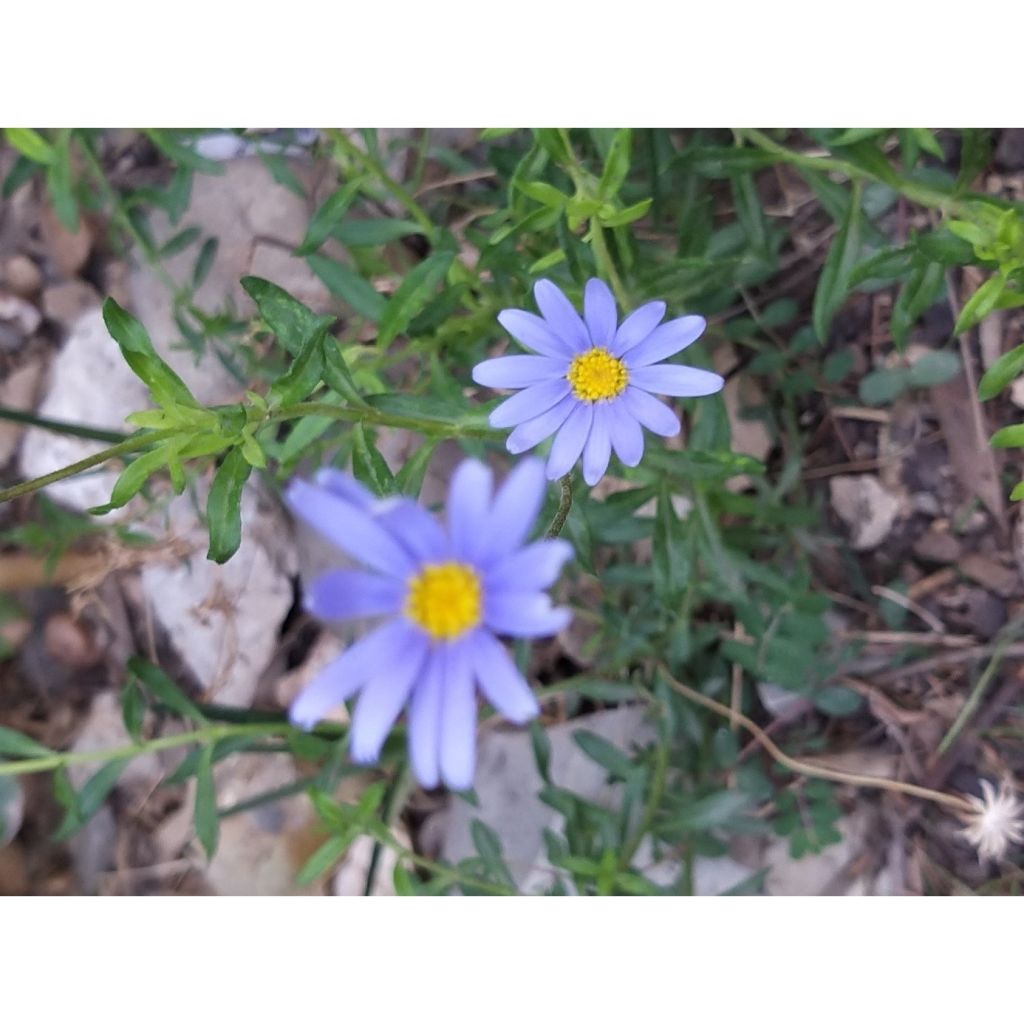

Felicia amelloides
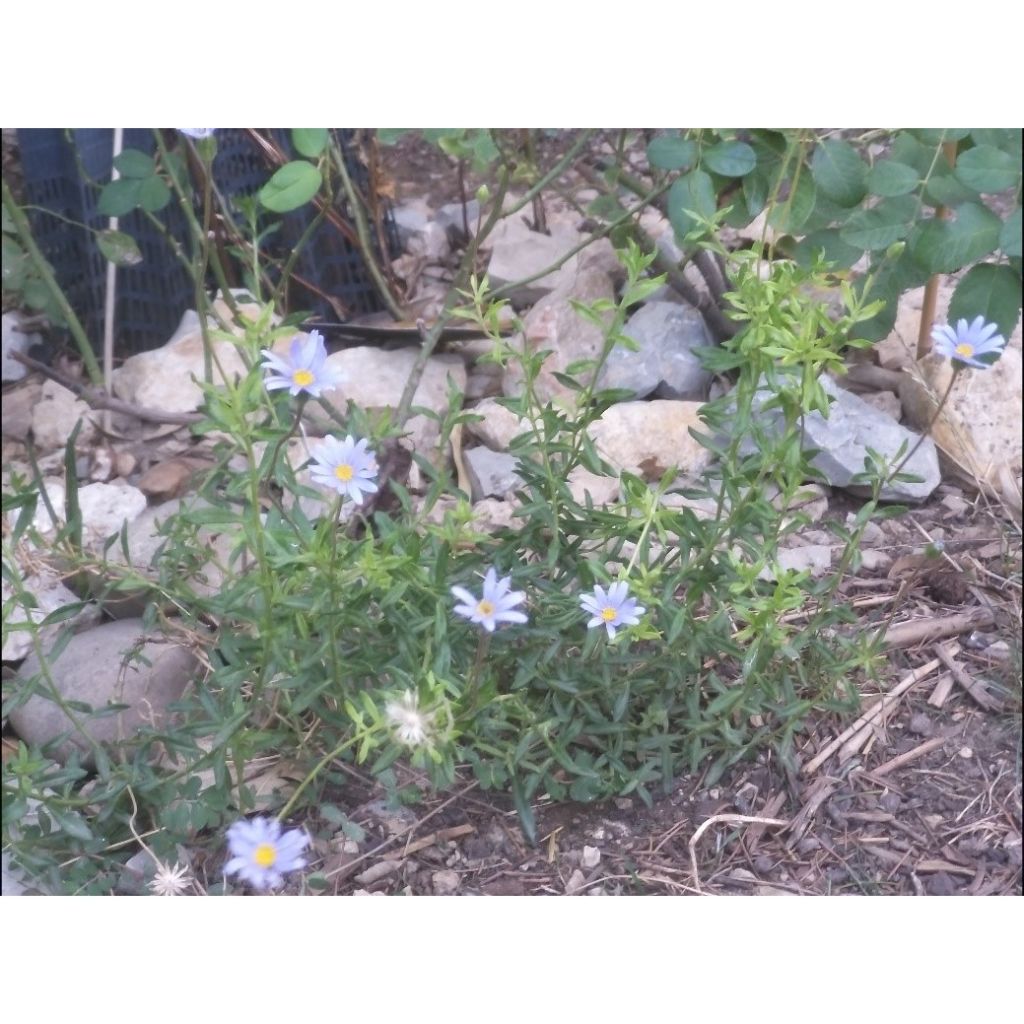

Felicia amelloides
View more pictures
Hide images
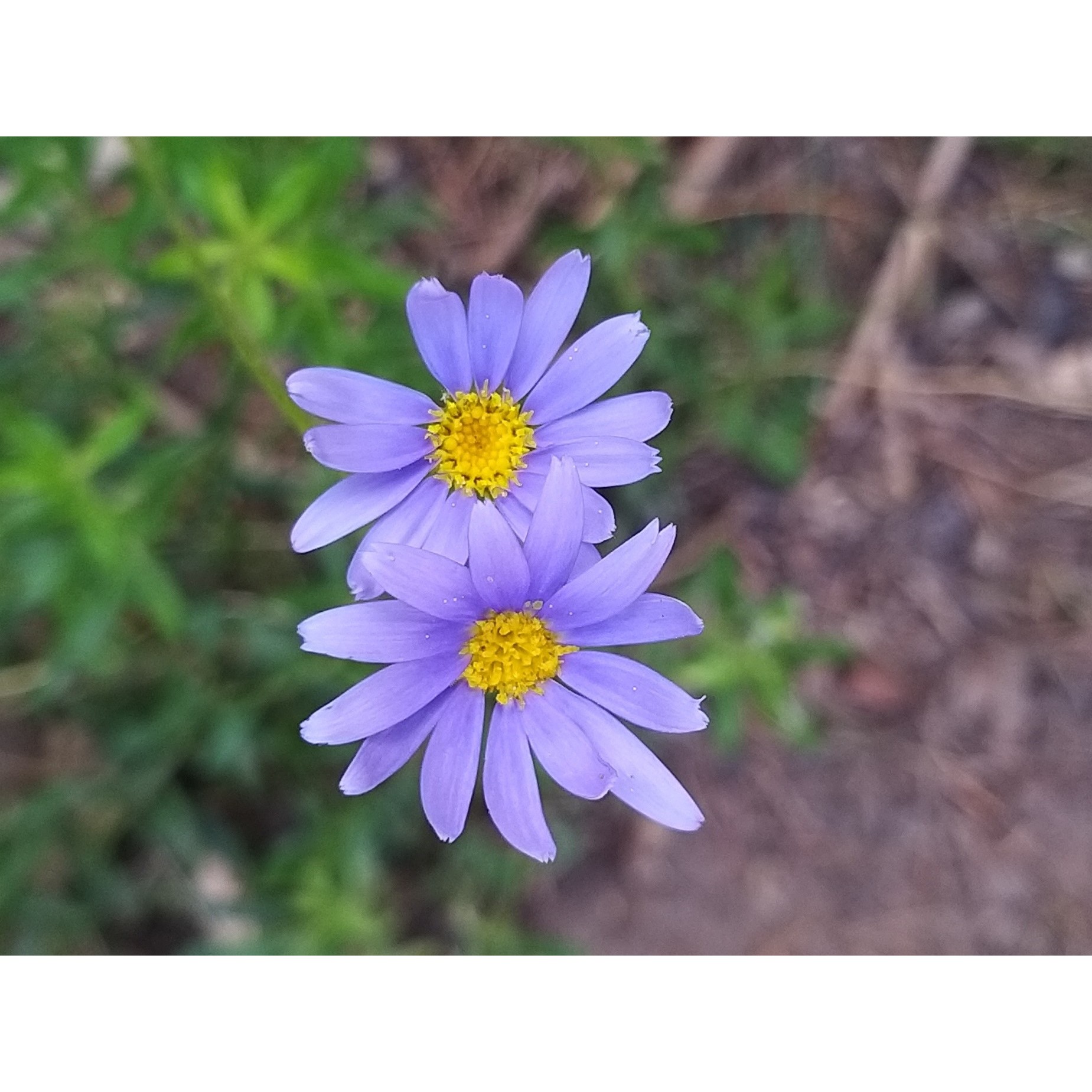
Thierry P.

Floraison de Août - image 1
Thierry P. • 84 FR
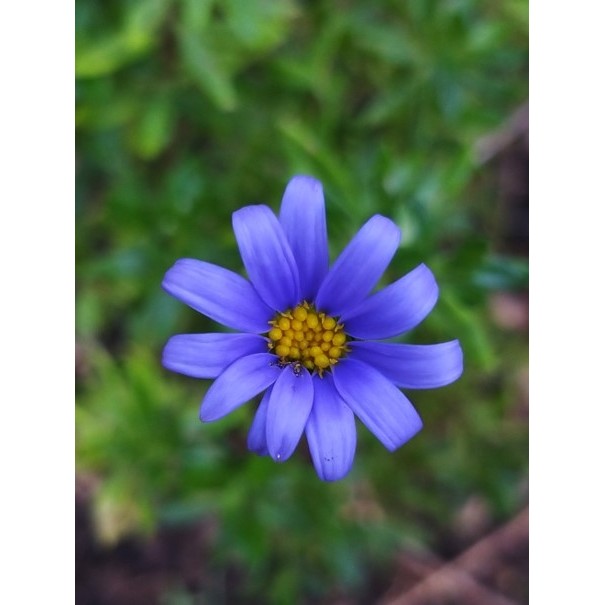
Thierry P.

Floraison de janvier- image 6
Thierry P. • 84 FR
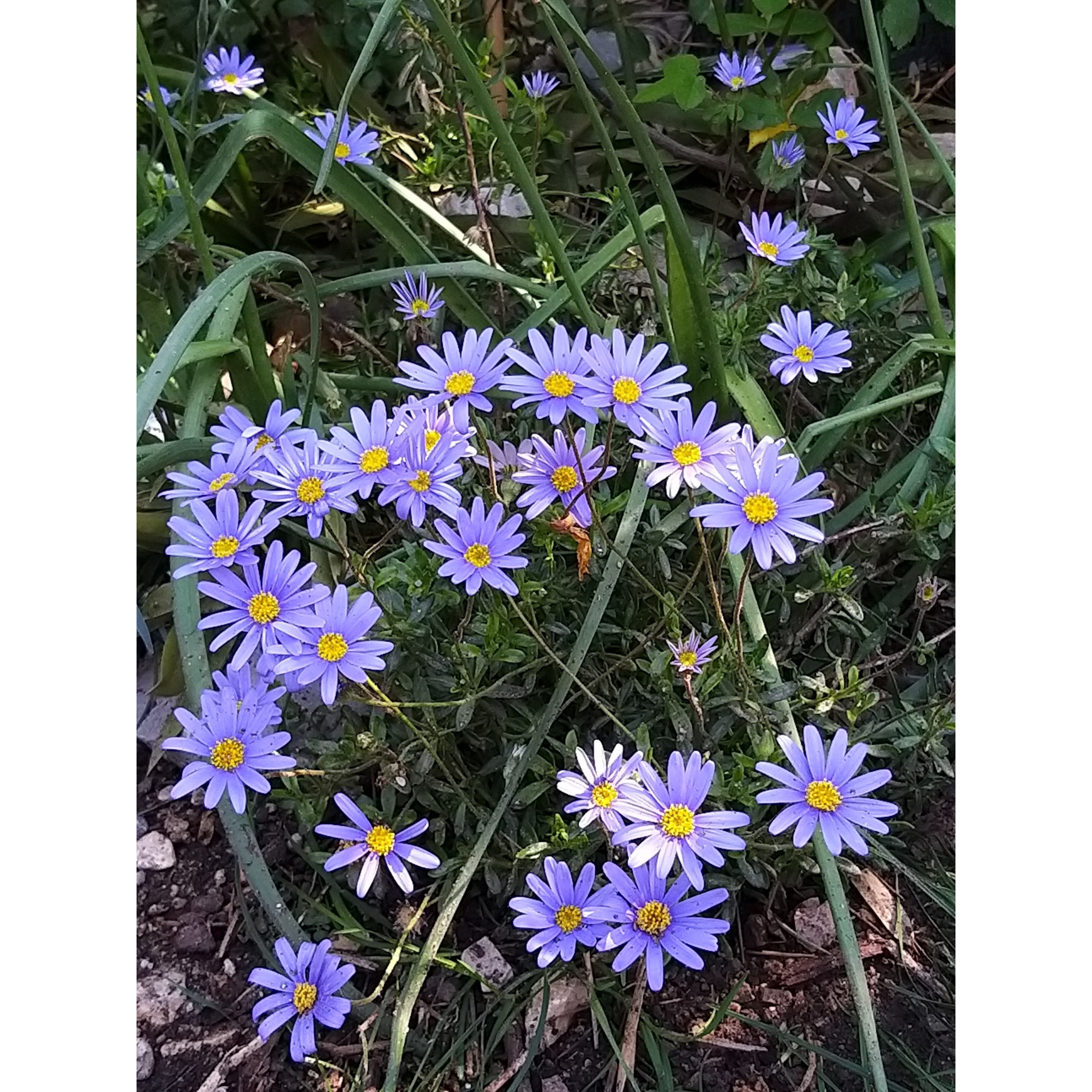
Thierry P.

Floraison d'avril - image 23
Thierry P. • 84 FR
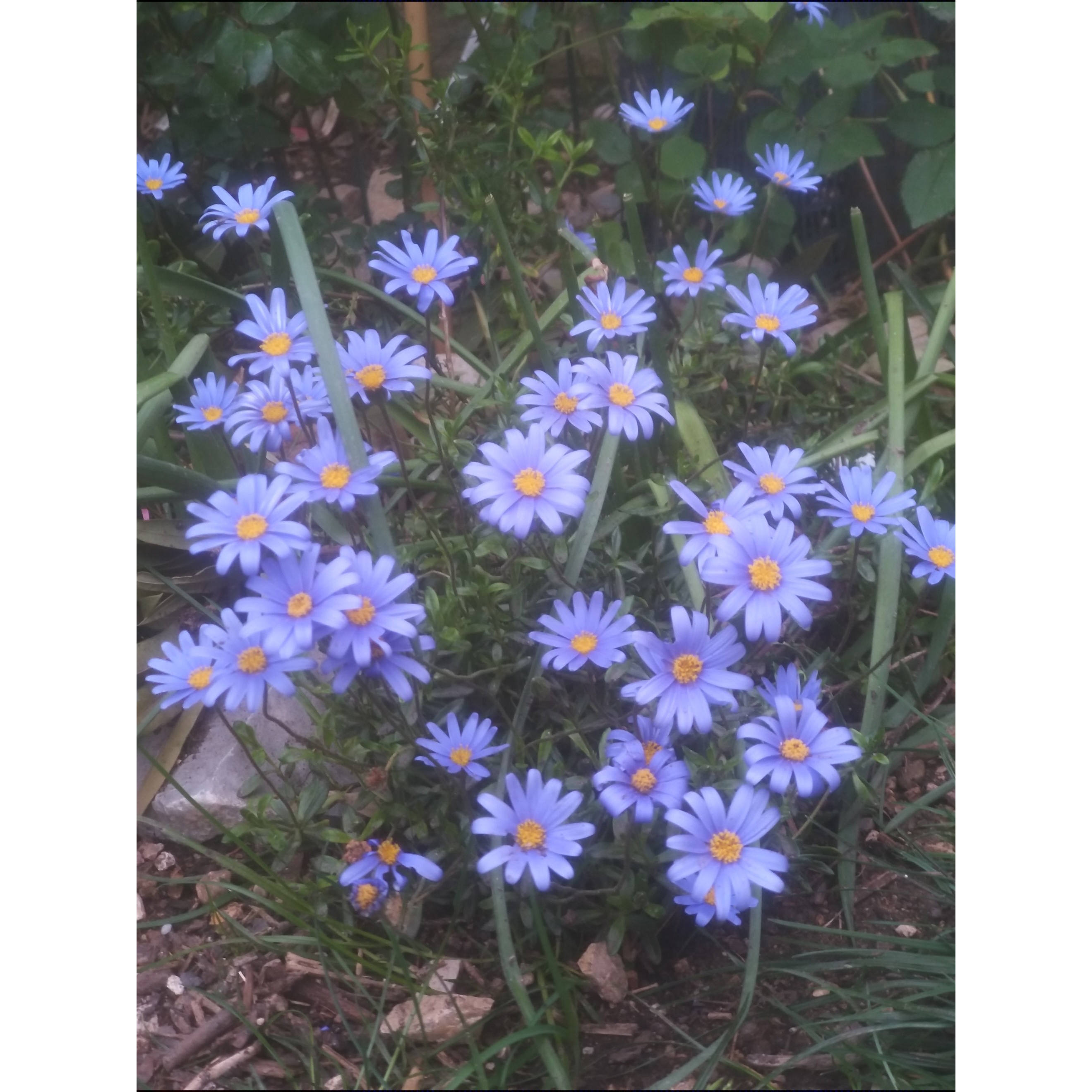
Thierry P.

Floraison d'avril - image 24
Thierry P. • 84 FR
Felicia amelloides
Felicia amelloides
Blue Daisy, Blue Marguerite, Kingfisher Daisy
She tripled in a few months and produced flowers shortly after planting. Stunning. At my place, partial shade in the Île-de-France region.
marjo, 12/09/2023
Order in the next for dispatch today!
Dispatch by letter from €3.90.
Delivery charge from €5.90 Oversize package delivery charge from €6.90.
More information
This item is not available in your country.
Schedule delivery date,
and select date in basket
This plant carries a 6 months recovery warranty
More information
We guarantee the quality of our plants for a full growing cycle, and will replace at our expense any plant that fails to recover under normal climatic and planting conditions.
From €5.90 for pickup delivery and €6.90 for home delivery
Express home delivery from €8.90.
Does this plant fit my garden?
Set up your Plantfit profile →
Description
A large clump of Felicia amelloides, also known as Agathea coelestis or Cape aster, when it reigns in a border or in isolation, is a sight that evokes great emotion. This evergreen undershrub is in flower from late spring to autumn, constantly covered with small daisy-like flowers of an extraordinary sky blue, enhanced by a yellow centre. Its growth is rapid, so the plant forms a beautiful bush with a spreading habit in just one season. Floriferous and not very demanding on the nature of the soil, this not very hardy perennial is ideal in coastal gardens or as a conservatory plant, planted in full sun, in a very well-drained soil, even dry.
Felicia amelloides belongs to the Asteraceae family. This plant is native to South Africa and only tolerates light frosts. It is a highly branched small bush, slightly wider than it is tall. The plant, almost mature in one year, will reach 50 to 60 cm (20 to 24in) (sometimes 1 m (3ft)) in height and 60 to 70 cm (24 to 28in) in width. This rapid growth also allows gardeners in colder regions to grow Cape daisy as an annual. Its rough, dark red stems bear persistent oval to rounded leaves of a rather light green. Flowering takes place from June to October, in the form of small heads resembling daisies, 3 cm (1in) wide, carried on long naked stems measuring up to 18 cm (7in). The outer ligules are royal blue, azure blue, sky blue, in any case a very bright blue perfectly highlighted by the small golden yellow centre.
Devoted to the sun, Felicia fears above all frost combined with excess moisture in winter. Plant them in ordinary soil that is perfectly well-drained. Forming spectacular rounded clumps in a very short time, Cape aster is superb in the company of yellow-flowered plants such as Achillea 'Golden Plate', Anthemis tinctoria, or Coreopsis. It can be very useful for starting a brand new garden, after the passage of construction equipment. It can be planted in sunny rockeries along with simple flowers like snapdragons, wallflowers, baptisias, or common sage, in borders or on the terrace in a large pot that can be stored away in winter. Their flowering goes well with grey-leaved plants like artemisias, as well as with old-fashioned roses.
Felicia amelloides in pictures
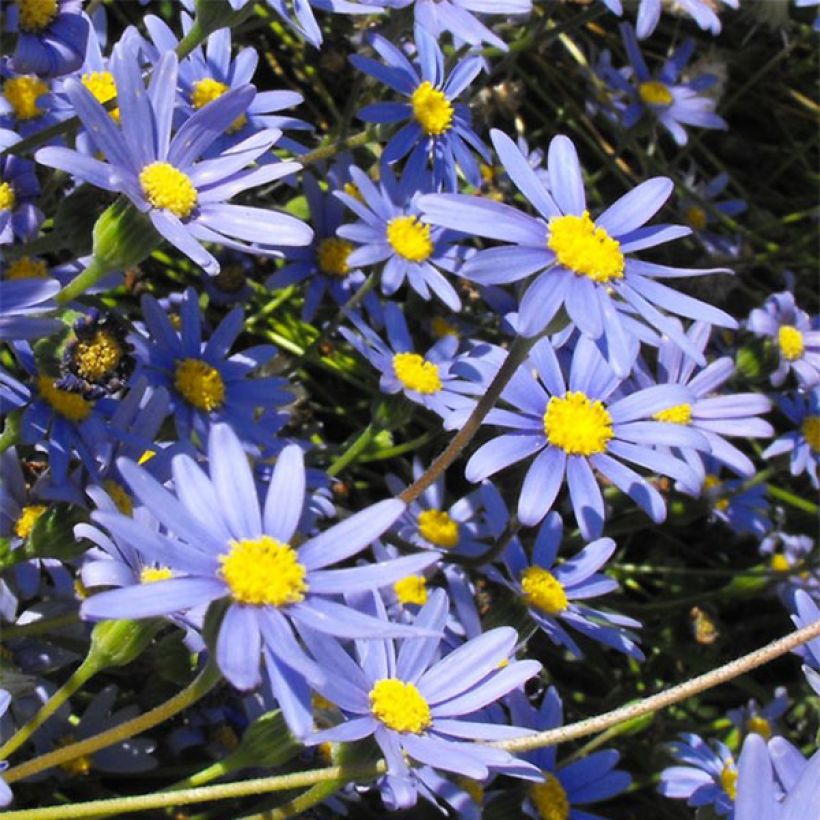

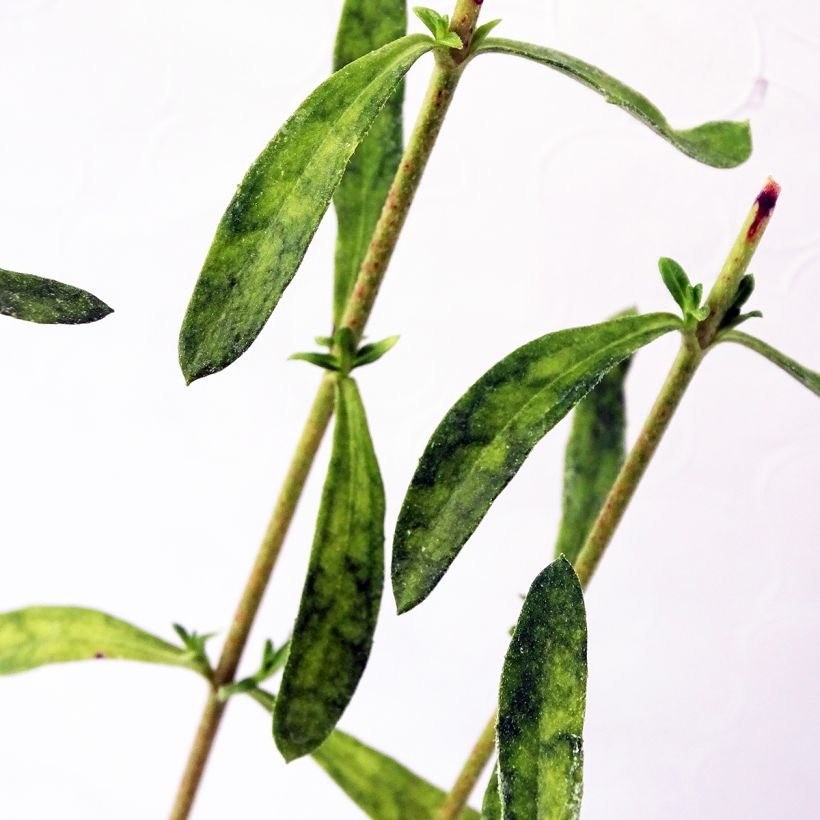

Flowering
Foliage
Plant habit
Botanical data
Felicia
amelloides
Asteraceae
Blue Daisy, Blue Marguerite, Kingfisher Daisy
South Africa
Other Annuals A to Z
Planting and care
Sun-loving, Felicia are particularly sensitive to moisture and frost in winter. Their minimal hardiness (-5°C (23°F)) also depends on soil drainage, which must be perfect. Plant them in a light, slightly acidic, neutral, or slightly alkaline soil. These plants are not very demanding when it comes to soil quality. However, in heavy soil, their lifespan is much shorter than in poor and dry soil. Pruning should be very light, at the tips of the branches. This helps to achieve a beautiful winter rosette of leaves and extend the plant's lifespan.
Potted cultivation:
It is easy in a fertile and well-drained substrate, with regular watering and protection from frost in a greenhouse or a slightly heated conservatory. Flowering pauses during the hottest periods of summer and resumes in autumn. Removing faded flowers gives the plant a more presentable appearance and promotes new blooms.
Planting period
Intended location
Care
- , onOrder confirmed
Reply from on Promesse de fleurs
Plug plants - Annuals
Haven't found what you were looking for?
Hardiness is the lowest winter temperature a plant can endure without suffering serious damage or even dying. However, hardiness is affected by location (a sheltered area, such as a patio), protection (winter cover) and soil type (hardiness is improved by well-drained soil).

Photo Sharing Terms & Conditions
In order to encourage gardeners to interact and share their experiences, Promesse de fleurs offers various media enabling content to be uploaded onto its Site - in particular via the ‘Photo sharing’ module.
The User agrees to refrain from:
- Posting any content that is illegal, prejudicial, insulting, racist, inciteful to hatred, revisionist, contrary to public decency, that infringes on privacy or on the privacy rights of third parties, in particular the publicity rights of persons and goods, intellectual property rights, or the right to privacy.
- Submitting content on behalf of a third party;
- Impersonate the identity of a third party and/or publish any personal information about a third party;
In general, the User undertakes to refrain from any unethical behaviour.
All Content (in particular text, comments, files, images, photos, videos, creative works, etc.), which may be subject to property or intellectual property rights, image or other private rights, shall remain the property of the User, subject to the limited rights granted by the terms of the licence granted by Promesse de fleurs as stated below. Users are at liberty to publish or not to publish such Content on the Site, notably via the ‘Photo Sharing’ facility, and accept that this Content shall be made public and freely accessible, notably on the Internet.
Users further acknowledge, undertake to have ,and guarantee that they hold all necessary rights and permissions to publish such material on the Site, in particular with regard to the legislation in force pertaining to any privacy, property, intellectual property, image, or contractual rights, or rights of any other nature. By publishing such Content on the Site, Users acknowledge accepting full liability as publishers of the Content within the meaning of the law, and grant Promesse de fleurs, free of charge, an inclusive, worldwide licence for the said Content for the entire duration of its publication, including all reproduction, representation, up/downloading, displaying, performing, transmission, and storage rights.
Users also grant permission for their name to be linked to the Content and accept that this link may not always be made available.
By engaging in posting material, Users consent to their Content becoming automatically accessible on the Internet, in particular on other sites and/or blogs and/or web pages of the Promesse de fleurs site, including in particular social pages and the Promesse de fleurs catalogue.
Users may secure the removal of entrusted content free of charge by issuing a simple request via our contact form.
The flowering period indicated on our website applies to countries and regions located in USDA zone 8 (France, the United Kingdom, Ireland, the Netherlands, etc.)
It will vary according to where you live:
- In zones 9 to 10 (Italy, Spain, Greece, etc.), flowering will occur about 2 to 4 weeks earlier.
- In zones 6 to 7 (Germany, Poland, Slovenia, and lower mountainous regions), flowering will be delayed by 2 to 3 weeks.
- In zone 5 (Central Europe, Scandinavia), blooming will be delayed by 3 to 5 weeks.
In temperate climates, pruning of spring-flowering shrubs (forsythia, spireas, etc.) should be done just after flowering.
Pruning of summer-flowering shrubs (Indian Lilac, Perovskia, etc.) can be done in winter or spring.
In cold regions as well as with frost-sensitive plants, avoid pruning too early when severe frosts may still occur.
The planting period indicated on our website applies to countries and regions located in USDA zone 8 (France, United Kingdom, Ireland, Netherlands).
It will vary according to where you live:
- In Mediterranean zones (Marseille, Madrid, Milan, etc.), autumn and winter are the best planting periods.
- In continental zones (Strasbourg, Munich, Vienna, etc.), delay planting by 2 to 3 weeks in spring and bring it forward by 2 to 4 weeks in autumn.
- In mountainous regions (the Alps, Pyrenees, Carpathians, etc.), it is best to plant in late spring (May-June) or late summer (August-September).
The harvesting period indicated on our website applies to countries and regions in USDA zone 8 (France, England, Ireland, the Netherlands).
In colder areas (Scandinavia, Poland, Austria...) fruit and vegetable harvests are likely to be delayed by 3-4 weeks.
In warmer areas (Italy, Spain, Greece, etc.), harvesting will probably take place earlier, depending on weather conditions.
The sowing periods indicated on our website apply to countries and regions within USDA Zone 8 (France, UK, Ireland, Netherlands).
In colder areas (Scandinavia, Poland, Austria...), delay any outdoor sowing by 3-4 weeks, or sow under glass.
In warmer climes (Italy, Spain, Greece, etc.), bring outdoor sowing forward by a few weeks.
